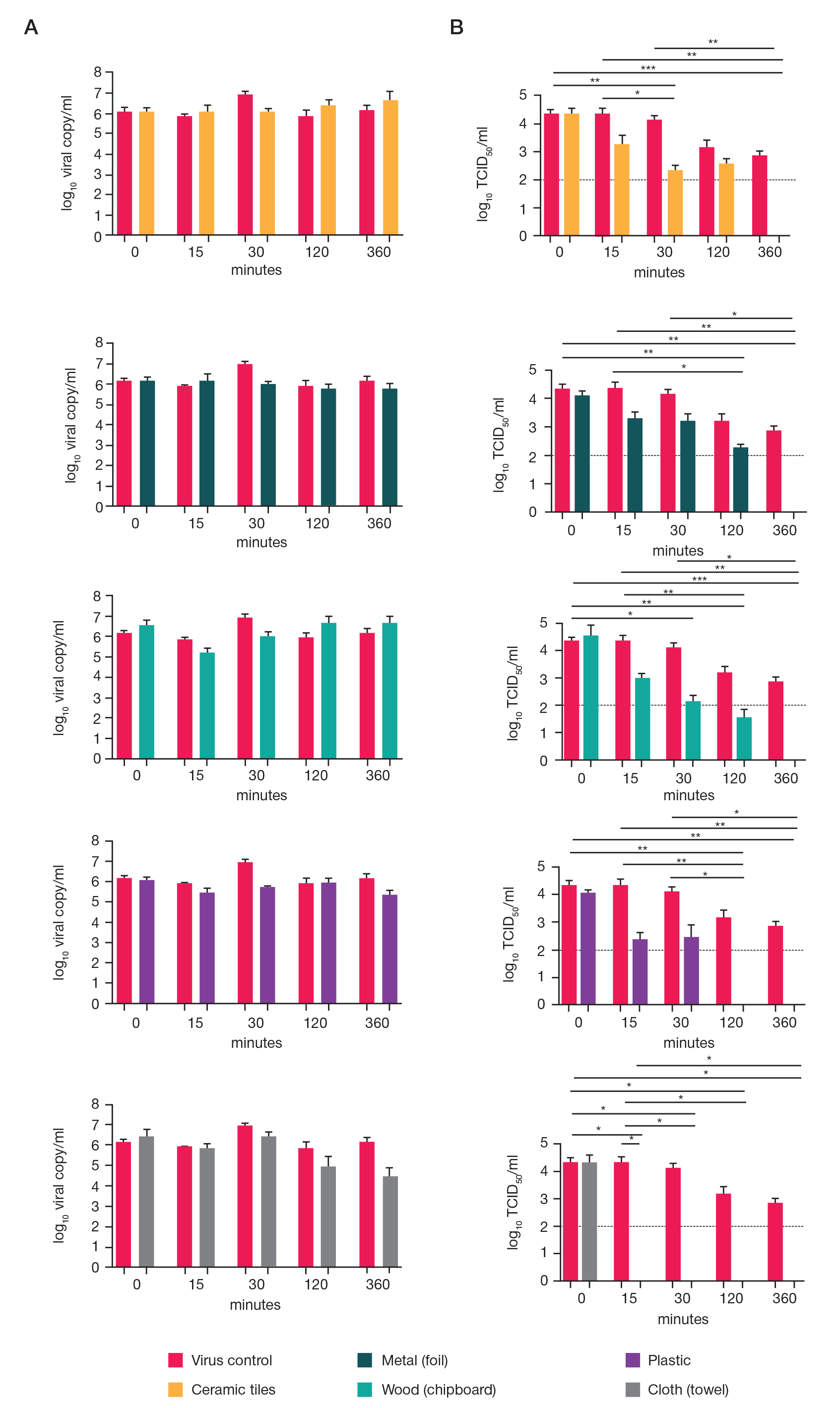
This article is an open access article distributed under the terms and conditions of the Creative Commons Attribution license (CC BY).
ORIGINAL RESEARCH
Evaluation of SARS-CoV-2 viability on experimental surfaces over time
1 Gamaleya National Research Center for Epidemiology and Microbiology, Moscow, Russia
2 Shemyakin and Ovchinnikov Institute of Bioorganic Chemistry, Moscow, Russia
3 Lomonosov Moscow State University, Moscow, Russia
Correspondence should be addressed: Maria A. Nikiforova
Gamaleya, 18, Moscow, 123098; ur.xobni@avorofikinairam
Funding: this research was funded by the grant #056 - 00119 - 21-00 provided by the Ministry of Health of the Russian Federation, Russia.
Acknowledgments: the authors are grateful to Dr. I.V. Korobko for the general idea and discussion of the study design.
Author contribution: Nikiforova MA — experiment planning, working with the virus and determining SARS-CoV-2 viability, data analyzing, writing-original draft preparation; Siniavin AE — working with the virus and determining SARS-CoV-2 viability, data analysing, writing-original draft preparation; Shidlovskaya EV — PCRanalysis, data processing, writing-original draft preparation; Kuznetsova NA — PCR-analysis; Gushchin VA — experiment planning, writing-original draft preparation.

